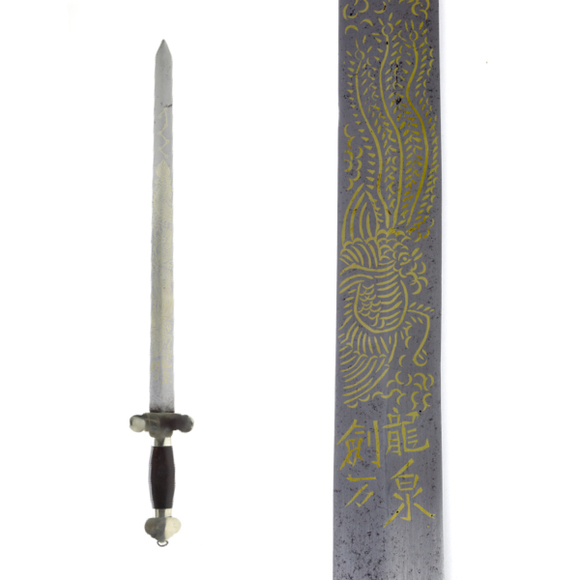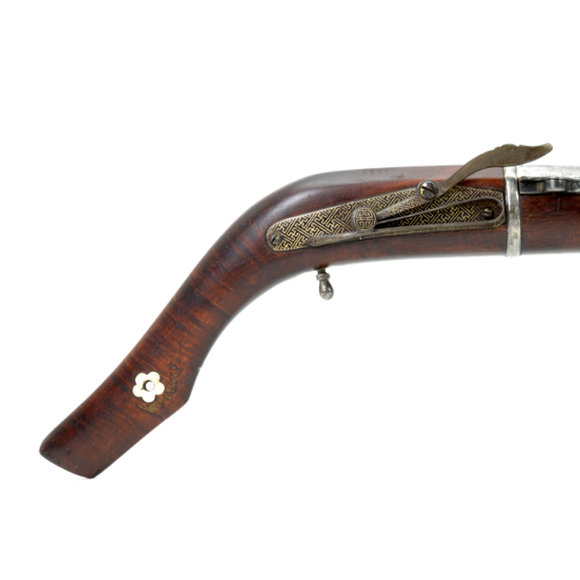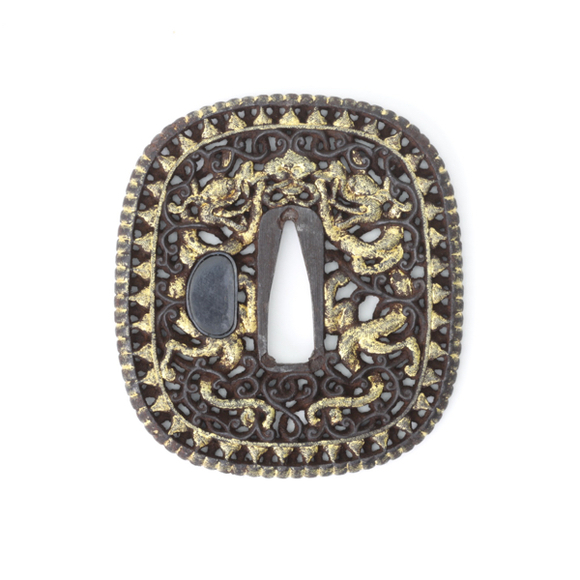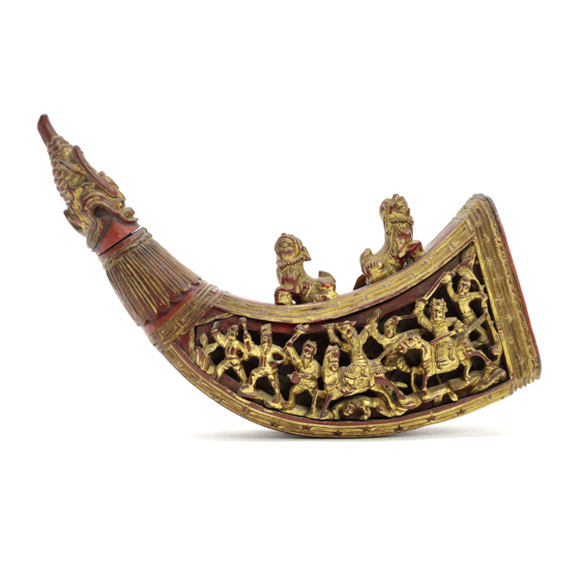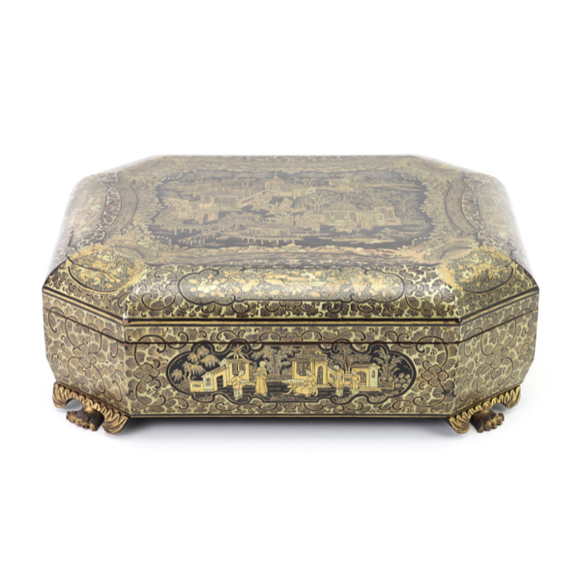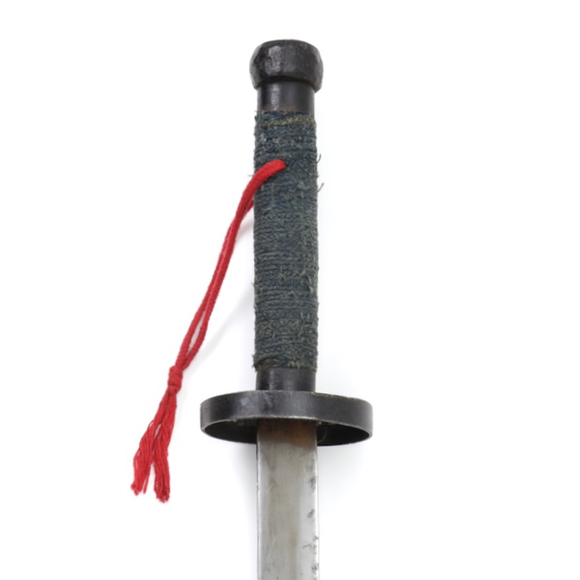A Chinese shortsword made by a well-known Longquan maker.

Left 57 cm
Right 57.6 cm
Left 46.5 cm
Right 46.7 cm
Left 17, 10.5, 4 mm
Right 17, 10.5, 4 mm
(Base, middle, 5cm from tip)
Left 34, 22, 8.5 mm
Right 33.5, 22, 9 mm
(Base, middle, 5cm from tip)
Left 721 grams
Right 697 grams
Left 8 cm from guard
Right 7.8 cm from guard
Iron, steel, brass, hardwood
Southern China
Circa 1850-1875
Introduction
Húdiédāo (蝴蝶刀), are a type of double swords that originated in or around the port cities of southern China. They are known in the local Cantonese dialect as bat jam do or "eight cutting knives". (八斬刀, pronounced bāzhǎndāo in Mandarin) The type seems to have emerged in the mid 19th century, as a merging of typical Chinese fighting knife blades with handles inspired by western naval sabers and entering knives. They typically have half-hilts that fit in a single scabbard side-by-side and can be drawn as if they were one weapon.
For more information, see my glossary article: Húdiédāo (蝴蝶刀).
This set
Another classic set of good quality Southern Chinese húdiédāo. Blades are of the narrow variety, starting wide and thick and then tapering to sharp points with long back bevels. My favorite geometry for these. The are forged folded with a straight wood grain, and have an inserted high-carbon edge. This can be brought out by polishing, might a future owner wish so.
It was put to use: The spine of the right sword shows several cuts from a blade, and there is some minor edge damage on both edges from contact.

Hilts are made of brass, with heavy brass knuckle bows. The grips are of precious hardwood, carved in deep relief to provide grip. The designs show four-petaled flowers and leaves within a frame of a geometric "rolling thunder" pattern called léi wén (雷文) in Chinese.
Condition
Very clean blade, some minor contact damage at the edge. A shrinkage split in one of the grips, but both hilts are tight. A solid set.
















A nice example with unusually fine lacquerwork and a monogram in the lid.
Probably of Southern origin, with a straight blade and flaring tip.

